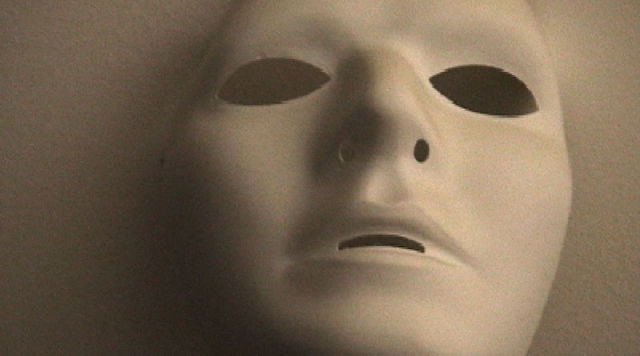


Schizophrenia Mask Test
Schizophrenia sufferers aren’t fooled by an optical illusion known as the “hollow mask” that the rest of us fall for because connections between the sensory and conceptual areas of their brains might be on the fritz.
In the hollow mask illusion, viewers perceive a concave face (like the back side of a hollow mask) as a normal convex face. The illusion exploits our brain’s strategy for making sense of the visual world: uniting what it actually sees — known as bottom-up processing — with what it expects to see based on prior experience — known as top-down processing.
“Our top-down processing holds memories, like stock models,” explains Danai Dima of Hannover Medical University, in Germany, co-author of a study in NeuroImage. “All the models in our head have a face coming out, so whenever we see a face, of course if has to come out.”
This powerful expectation overrides visual cues, like shadows and depth information, that indicate anything to the contrary.
But patients with schizophrenia are undeterred by implausibility: They see the hollow face for what it is. About seven out of 1000 Americans suffer from the disease, which is characterized by hallucinations, delusions, and poor planning.
